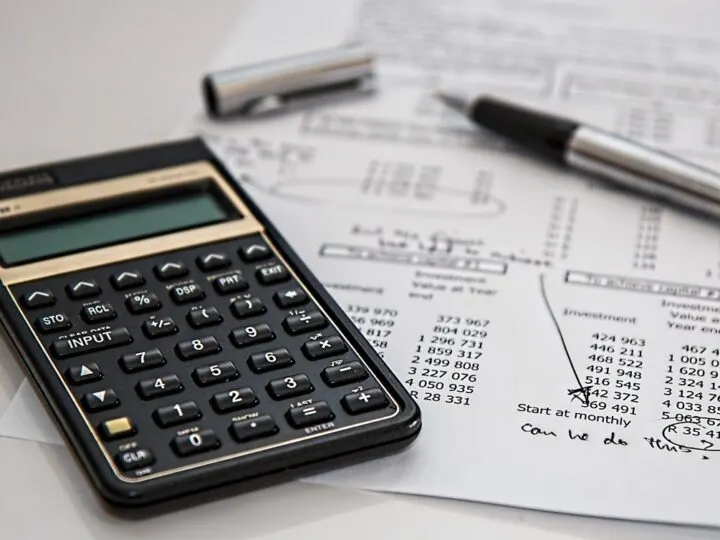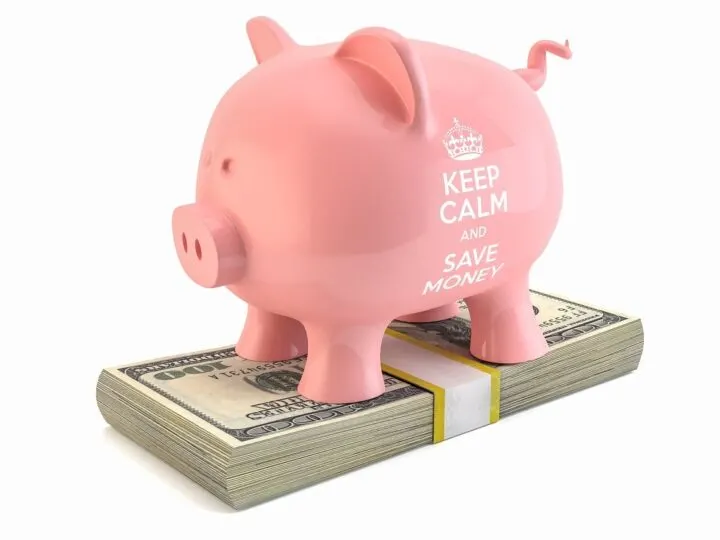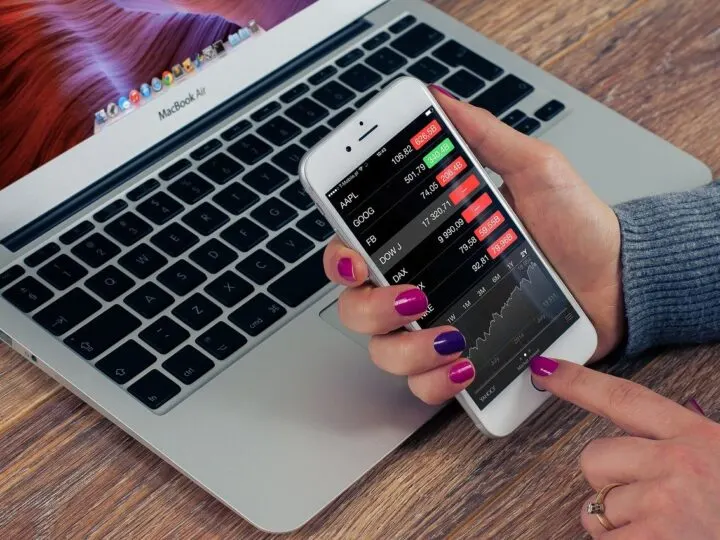Many people, especially those just starting out in their professional lives, don’t think about financial planning nor do they have a financial toolkit. Reasons vary from not knowing enough about finance to thinking they don’t make enough money to start planning with.
However, it’s not about having to have a degree in finance or having lot of money. Instead, financial planning is all about considering your future and setting up a financial toolkit to help you reach your goals with confidence.

What Is a Financial Toolkit?
In short, a financial toolkit is a group of information, tools, products, resources and accounts that you use to take control of your money so you can meet your financial end goals. Having one helps you build your skills in managing money, credit, debt, and other financial products.
A basic toolkit contains your budgeting system, spending accounts, and saving accounts. Used correctly, along with other financial resources, these tools can help you get out of debt and achieve financial freedom by reaching your end goal.
Whether you have $10 or $10,000, getting a better understanding of what tools are out there will help you start planning for your future earlier.

Getting Out of Debt
Of course, before you can get started on saving money, the smartest step you can take is to pay off any existing debt. While there are many ways to go about this, debt consolidation is one of the most popular. This is where you take all of your debts and combine them into one easy, and often money-saving, payment. Businesses such as debtconsolidation.com can help you do this.
Then, once you are debt free, you can take the next steps toward financial control using your financial toolkit.
Below are four common examples of tools you should have in your financial toolkit.
Budgeting Tools
One of the most important tools in your financial toolkit is a budget planner. Find one that can help you easily prepare and track your outgoing and incoming income.
Tools such as Cloud based QuickBooks Accounting and Windows 10 Virtual Desktop can help you to easily manage your finance/budgeting needs.
Budgeting apps are also a great option. Two of the most popular budgeting apps include Mint and NerdWallet.
Keep in mind that sticking to that budget is just as important as having one. You can find comprehensive tutorials and resources about QuickBooks on this site to help streamline your accounting processes and manage your finances more efficiently.

Spending Tools
Once on a budget, your next step is to evaluate your spending habits and decide on the financial tools that can help you spend your money wisely.
While we’d all prefer to keep our money so we can reach our goals quicker, it’s simply not possible. Food, clothing, bills, transportation – all of these require that you spend money. But it’s how you spend that money that counts the most.
Some of the most common tools include the following:
Cash
Cash can be very convenient. I grew up with the idea that having cash on your person at all times is a good idea. And I still carry a small amount today since it can be convenient, and it gives a feeling of security.
However, cash can also be a double-edged sword. For one thing it makes overspending way too easy. Secondly, it also can cause you to mess up your budget if you don’t carefully watch your spending.
Consider using a cash envelope system for budgeting. This makes it impossible to overspend.
In addition, paying bills with cash can pretty inconvenient. In many cases you need to get a money order. Well, those money orders cost money, which means you wind up spending more than the cost of the bill.
Lastly, it’s also easy to lose or have stolen.

Checking Account
A checking account is one of the most popular money-spending tools and for good reasons. First of all, it costs very little if nothing to open a savings account.
Secondly, having one also offers peace of mind because you know your money is safe and ‘insured’.
It also makes it much easier to keep up with your spending and your incoming funds. Almost all banks offer online banking where you can check your balance, send money and more with just a few clicks.
Lastly, it makes is much easier and safer when gifting money as you can safely send a check as a gift instead of sending cash and worrying about it getting stolen.
Credit Cards
Credit cards can be a wonderful addition to your financial toolkit – as long as you make your monthly payment religiously.
In fact, credit cards are one of my favorite tools in my financial toolkit. They provide security in case of an emergency, they make it easy to keep track of your spending, and they can be used to finance big projects.
Plus, they can give your credit a big boost – again, as long as you make your payments on time. Conversely, they can damage your credit, too, if you don’t use them wisely. Just be sure to avoid maxing it out on unnecessary purchases and pay it every month.
Your best bet is to get a credit card that offers you something back as you spend. I have one that gives me cash back on every purchase. But there are others that offer you airplane mileage, discounts on groceries, or points to be used towards other things.

Saving Tools
The next type of tool you should have in your financial toolkit is your saving tools, aka tools that help you save money. These include:
Emergency Fund
Any financial advisor will tell you to make sure you have an easily accessible emergency savings account set up that is completely separate from your other accounts. As the name implies, these funds are “just-in-case” of an emergency. These tools of your financial toolkit are there to help you manage any major unexpected expenses.
Most experts recommend that you have at least 3 to 6 months’ worth of expenses available for use in your emergency account if you were to lose your income. However, if you work a seasonal job or work on commission, you may want to consider having up to 12 months of living expenses if possible.
It’s important to have these funds separate from your other accounts so you don’t have to use your spending money or your other savings if something drastic were to happen such as the loss of your job.
If you don’t already have an emergency fund, you should set one up asap. It’s ok to start small, too. My husband and I started an account with just $500 and have been adding to it over time. Simply put whatever you can afford out of each paycheck into a separate account.

Short Term Savings
Short term savings is money you use towards any short-term goals you may have. For example, if you are planning to buy a new car or make improvements to your home, open a separate savings account from your emergency fund, and make monthly contributions until you have enough money to fund your goal.
These funds can be used for large and small purchase such as an annual vacation or holiday gift accounts.
Long Term Savings/ Retirement Accounts
These savings are to be used towards your long-term goal of retirement. Regardless of what stage of life you are currently in, now is the time to plan for the future.
Long term savings can be anything from a regular savings account to investments accounts to retirement savings from your work. The best thing to do is to get with a financial advisor who can help you figure out the best way to reach your long-term goals and make sure you are on the right track for retirement.

Final Thoughts on Financial Toolkits
Setting up your financial toolkit can seem overwhelming, but it doesn’t have to be. Just keep in mind the fact that you don’t need giant sums of money in these accounts immediately, and that it is okay to start small. The most important thing is that you start now.
Additionally, there are tons of tools both online and off that can help you get started and help you reach your financial goals. Take advantage of them and start on your path to financial control today.
